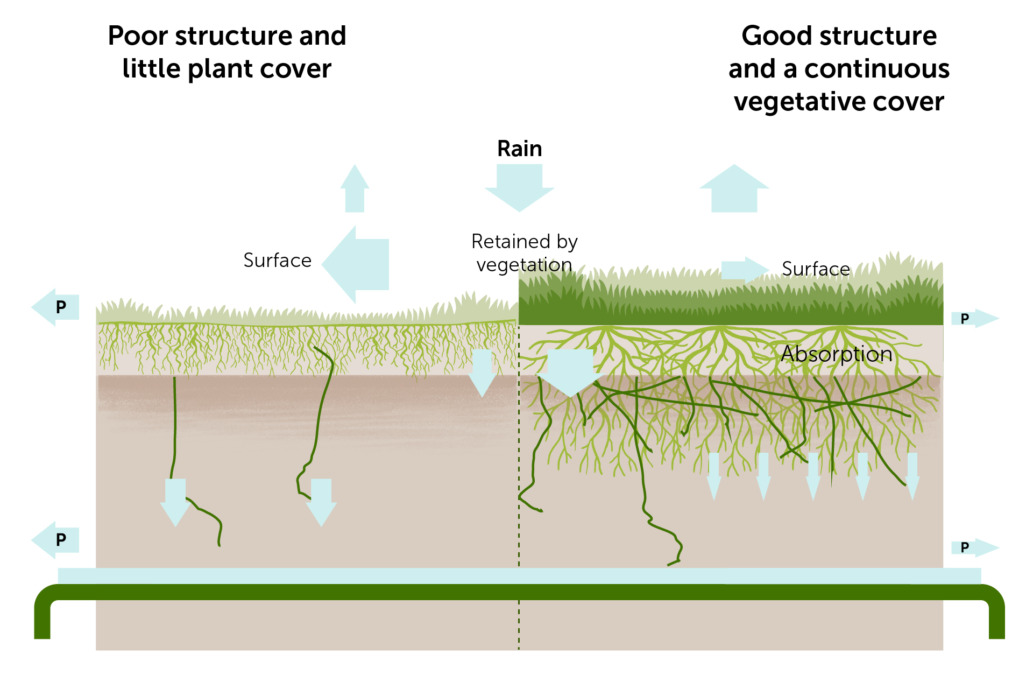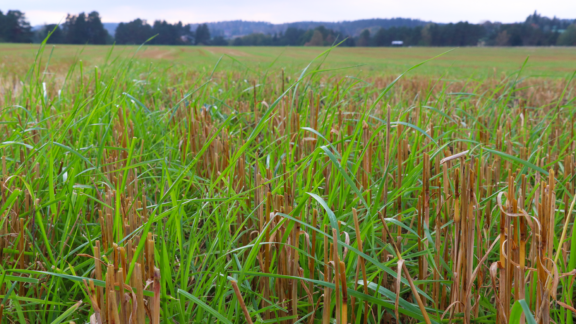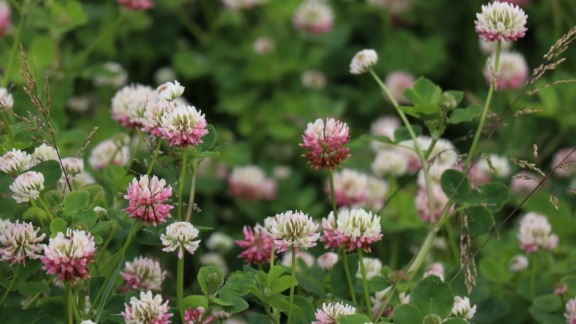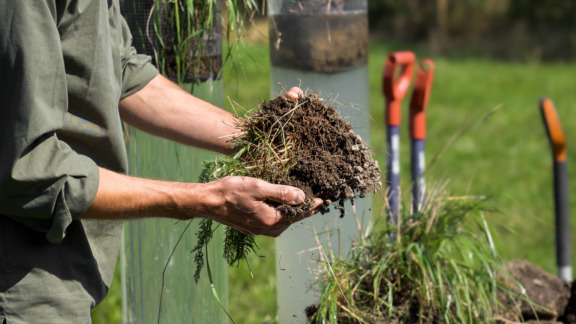Cover crops and soil loosening are essential for reducing accumulated phosphorus and increasing carbon in agricultural soils
Article: Cover crops and soil loosening are key components for managing P and C stocks in agricultural soils
Authors: Mattila Tuomas
Journal: Soil use and management
Year: 2023
Agricultural soils in Finland and throughout Europe have accumulated phosphorus (P) and lost carbon (C) in the recent decades. Simultaneously, soil structure has been degraded by the large increase in machinery weight. High wheel loads compact the subsoil, resulting in reduced root growth, decreased yields, and hence decreased carbon inputs and phosphorus removals.

To reduce the accumulated excess phosphorus, the phosphorus balance should be kept strongly negative for decades, which requires high biomass production. Phosphorus accumulation in poorly yielding field parts has created local hotspots, often characterized by soil compaction and poor drainage. They may be only 1%–6% of the agricultural landscape area but present a high risk for waterbodies. Identifying these hotspots and targeting the phosphorus removal to them can be a key strategy for mitigating phosphorus emissions.
Achieving the phosphorus removal is most likely to require soil loosening to repair the damage caused by compaction and use of cover crops to mine out the accumulated phosphorus. Cover crops can reduce dissolved phosphorus emissions considerably, as well as improve soil structure and site hydrology. In addition, increasing living vegetation cover is a key strategy for increasing soil carbon sequestration. This soil improvement strategy can thus be multibeneficial, also improving carbon sequestration and crop productivity.



